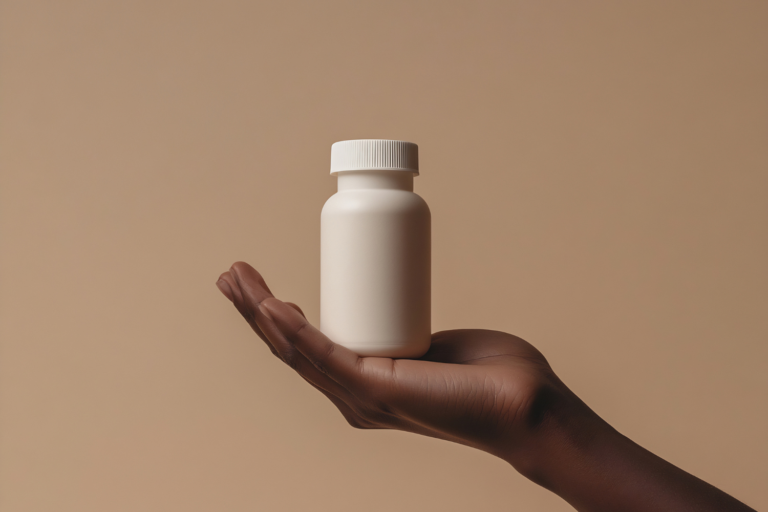Your formula passed bench testing. Now you need third-party validation that won’t drain your budget or delay launch. Choosing between ISO 17025 labs, understanding which tests FDA actually requires, and negotiating turnaround times determines whether you ship on schedule or burn cash waiting for results that should have taken two weeks, not twelve.

- Our Mission
When you understand which tests FDA actually requires, stability protocols, and heavy metal thresholds, uncertainty transforms into confidence throughout your product development and launch journey.
Testing terms like LOD, LOQ, and CFU/g become clear through straightforward explanations, removing the intimidation of analytical certificates and compliance jargon.
Armed with knowledge about testing methodologies, turnaround times, and pricing benchmarks, you gain complete control over your quality assurance program and release timeline.
- Lab Testing Services
Key Services Testing Labs Provide
Test Method Selection
Skilled testing labs apply various analytical methods from HPLC multiples to microbiological plate counts to establish product safety and label expectations. Supplement brands benefit from understanding these approaches to identify compliance requirements before going to market. Recognizing how labs evaluate contaminants helps address potential red flags early and positions the product for optimal market entry and regulatory approval.
Lab Accreditation
Finding the right lab requires more than accepting the first offer. Testing facilities tap into networks of ISO 17025 certifications, FDA registrations, and specialized equipment for specific matrices. Understanding each lab's analytical capabilities often leads to premium accuracy, better detection limits, and smoother validation protocols after initial testing concludes.
Testing Timelines
Successful testing requires navigating more than just analytical price. Understanding complex elements like rush surcharges, method development adjustments, and retesting warranties helps avoid costly mistakes. Brand owners who grasp these components before entering contracts create a smoother path toward product release without unwelcome surprises, ultimately achieving more favorable terms.
The Lab Testing Selection Process
Getting to Know Your Product

